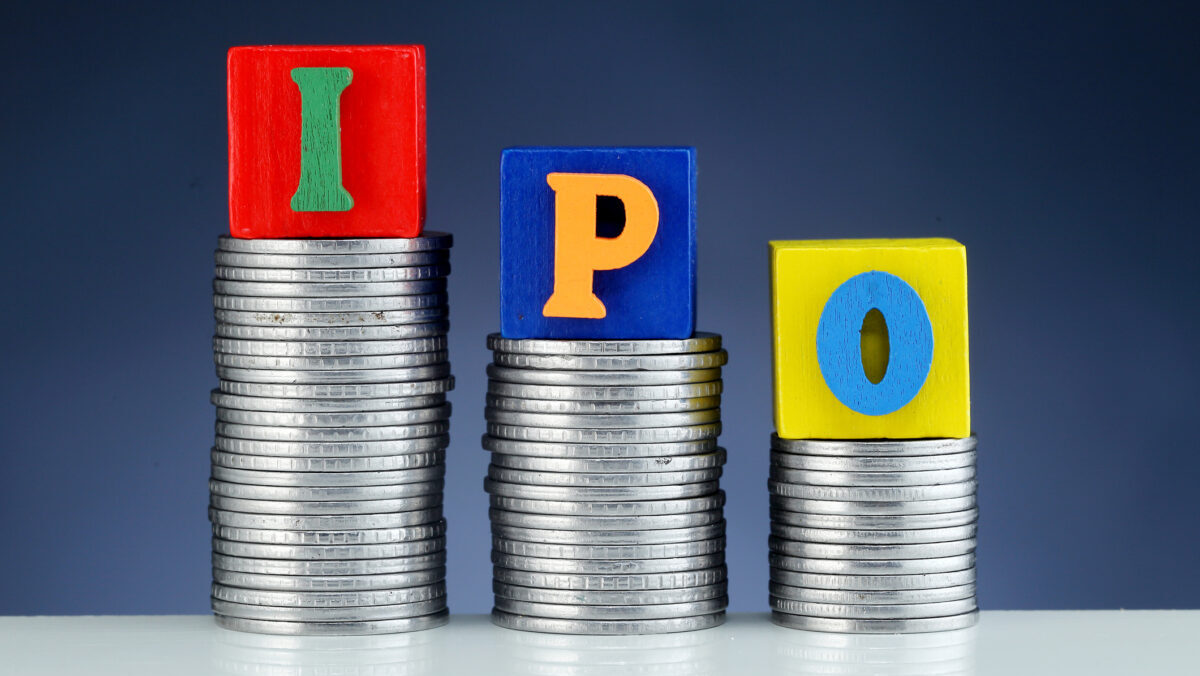London-listed DLE lithium brine play CleanTech Lithium is in Australia running roadshows ahead of a planned ASX IPO
Interim CEO Steve Kesler says the Chilean developer expects recently depressed lithium prices to rise as demand grows in the West for electric vehicles
Sydney insto Regal Funds Management ranks as CleanTech’s top holder
A lithium player aiming to be among the first to roll out direct lithium extraction in Chile is chasing an ASX listing in the hopes of catching a promised revival of sentiment for the battery metal.
Lithium was the heartthrob of the resources market in 2022 and early 2023 as a supply crunch and FOMO rally sent chemical prices for the electric vehicle battery ingredient to US$80,000/t, well over double the records seen in previous bull markets.
They have since crashed back to US$13,500/t, taking some higher cost supply out of a still growing market for EV metals.
In recent weeks sentiment for Aussie lithium players has been stalling, as a rebound in prices for the hard rock lithium concentrate peddled to China by West Australian producers has spluttered like a choked up exhaust.
But the interim CEO of CleanTech Lithium, a London AIM market listed brine developer currently running analyst and investor roadshows in Perth, Sydney and Melbourne, says sentiment can return for lithium plays.
“The market will stabilise. If you listen to people like Benchmark, they’re saying the next two years the market’s about in balance, but there’s a structural deficit now from 2027 onwards,” Steve Kesler said.
“To meet the take up which is required for EVs and stationary storage, virtually every project that’s on the books at the moment needs to come on stream on time.
“And clearly, at this price, many of those projects are going to be deferred.”
In order to list on the ASX, £28 million ($52m) capped CleanTech – which counts Sydney insto Regal Funds Management, reputed to have pushed for the shift Down Under, as its largest shareholder at 15% – will need to source 200 additional shareholders through its planned dual listing IPO.
CleanTech is hopeful the ASX, a market which contains some of the world’s top lithium miners, is more receptive than London’s AIM, where Kesler says the company is ‘undervalued’ against its Aussie peer group.
A number of overseas developers and hyped up explorers have successfully dual-listed in Australia in recent years, such as Canada’s Patriot Battery Metals (ASX:PMT) and London-listed Ghanaian lithium proponent Atlantic Lithium (ASX:A11).
“There’s a certain capital raise that will take place. As far as the top end of that, it depends on the appetite. It depends on the appetite we hear from institutions as to how much we take up,” Kesler said.
“Now, clearly, the lithium market’s been soft now with the price where it is – about the US$13,000/t (level).
“But there are also lots of green shoots of recovery. Many people are saying that this is really plugging along at the bottom, and that the price must go up to the sort of US$20-25,000/t (mark) to incentivise new projects to come into production.
“So people are getting more interested in lithium than perhaps they were a month or two ago.”
While some hard rock projects carry chemical equivalent breakeven costs of US$19,000/t or more, CleanTech is operating in the South American brine space, where costs are often towards the lower end of the curve.
But it will need to utilise innovative technology, henceforth only rolled out commercially in China and through one major producer in Argentina, to do so.
CTL has identified 1.8Mt of lithium carbonate equivalent resources at Laguna Verde. Pic: CleanTech Lithium
DLE: The next frontier
Formerly the third largest lithium producer in the world, Chile was overtaken in the first battery EV boom by Australia, whose hard rock producers utilised their proximity to China and short production lead times to cobble together around half of the global market.
It’s two primary producers, Albemarle and SQM, together the world’s two largest lithium producing companies who also boast assets in WA, produce lithium carbonate from some of the world’s highest grade brine resources in the Salar de Atacama.
A new lithium policy introduced by Gabriel Boric’s leftist government last year will see SQM cede over half of its stake in the Atacama to Chile’s State copper miner Codelco, avoiding what were going to be terse negotiations over a 2030 deadline over its right to extract the metal from its concessions.
Albemarle has more time to manage that process, with its rights extending to 2043.
Meanwhile Codelco also acquired Australia’s Lithium Power International last year, consolidating its control over the Maricunga, Chile’s other major salar of State importance.
On the other salt flats prospective for the commodity, Chile appears comfortable to allow private companies to lead their development, with the country aiming to see 3-4 new projects in development by 2026.
CleanTech has two projects at a feasibility level and a further two in the early exploration stage. The largest, Laguna Verde, contains a JORC compliant resource of 1.8Mt of lithium carbonate equivalent at a grade of 200mg/L, although exploration suggests grades could double in areas at depth.
A pre-feasibility study is underway and scheduled for release in the third quarter of 2024, with an early estimate of construction costs in the ballpark of US$450m.
A combination of its lower grades and environmental demands from the Chilean Government have led CleanTech down the path of pursuing direct lithium extraction technology as opposed to the tried and tested method of evaporative ponds.
DLE is used commercially at a number of lower grade projects in China – where CleanTech’s provider SunResin is already operating – as well as Arcadium Lithium (ASX:LTM) and its El Fenix operation in Argentina.
Last year, Goldman Sachs suggested DLE could pose a technological shift in lithium production akin to the role the innovation of shale oil played in expanding US oil and gas production.
“Direct Lithium Extraction (DLE) has the potential to significantly impact the lithium industry, with implementation on the extraction of lithium brines potentially revolutionary to production/capacity, timing, and environmental impacts/permitting,” its analysts said.
They predict an additional 70,000-140,000tpa could come from next generation DLE from 2028, boosting global lithium supplies by 8%.
Kesler says DLE projects could have 50x less water draw than evaporative ponds, making developing lower grade projects more cost and environmentally effective.
“The traditional evaporative route takes a lot of land area, and the lower the grade, the more land area you need,” he said.
“So it’s environmentally disturbing, but the real issue in Atacama is water consumption.
“By pumping out the brine and evaporating, it drops the groundwater levels and it impacts the supply of water to other users and farmers in those areas.
“In the national lithium strategy last year, the Government said that they would not permit any new evaporative pond projects in Chile, eventually they would all have to be DLE or similar, sustainable projects which have very low water use.”
That comes with the caveat that successful DLE projects have been few and far between, despite their prominence in China. CleanTech, which has produced eluate from a pilot plant and plans to produce its first battery grade carbonate at pilot scale in July, is hopeful it can deliver substantially higher recoveries with the method.
Back to roots
Kesler was previously the chairman at CleanTech but stepped into the CEO’s role after previous CEO and founder Aldo Boitano, a native of Chile, entered into an agreement to mortgage his shares, which according to filings by CleanTech came without the board’s knowledge.
Having granted security over the shares to the lender a number were then sold onto the market.
Kesler said Boitano “regrets” the decision and would remain as a consultant having built up relations with the local community and government at Laguna Verde.
With well-known Aussie mining executive Tommy McKeith – a non-executive director at gold giant Evolution Mining (ASX:EVN) – also on-board as the company’s resident Australian non-executive director, Kesler will eventually step aside and return to his previous position as chairman.
A former Rio Tinto (ASX:RIO) veteran who played a major role in the development of the world’s two largest copper mines Escondida and Collahuasi (both in Chile), the Spanish based executive sees similarities in the demand pipeline for new lithium units.
“There’s some interesting parallels, particularly when it comes to financing,” he said.
“When we were looking at financing Collahuasi there was a great shortage of copper concentrate worldwide, everyone was clamouring for copper concentrate and we could be a very large provider of that.”
Major trading houses in Japan and Germany secured supply by taking stakes that bankrolled the project.
Kesler sees the same happening in lithium, where offtakes with OEMs are already common. European and US customers in particular, who are looking for non-Chinese supplies of lithium carbonate which satisfy the criteria to claim onshoring tax incentives like the US Inflation Reduction Act, are being targeted to come to the party.
“We’re going to look at a very similar model, because clearly, there’s a long-term shortage of lithium carbonate,” Kesler said.
“And our belief is as the world wants to mass produce electric vehicles which people can afford it is going to need LFP batteries, which requires lithium carbonate, not hydroxide.
“There’s going to be a great demand for lithium carbonate and our message is the same: If you want our carbonate how are you going to help us finance the construction capital?
“We see there’s interest for people coming in as a minority equity participant in the project.”
The post IPO Watch: ASX-chasing London-listed lithium player thinks the battery metal can get back in investors’ good books appeared first on Stockhead.






















